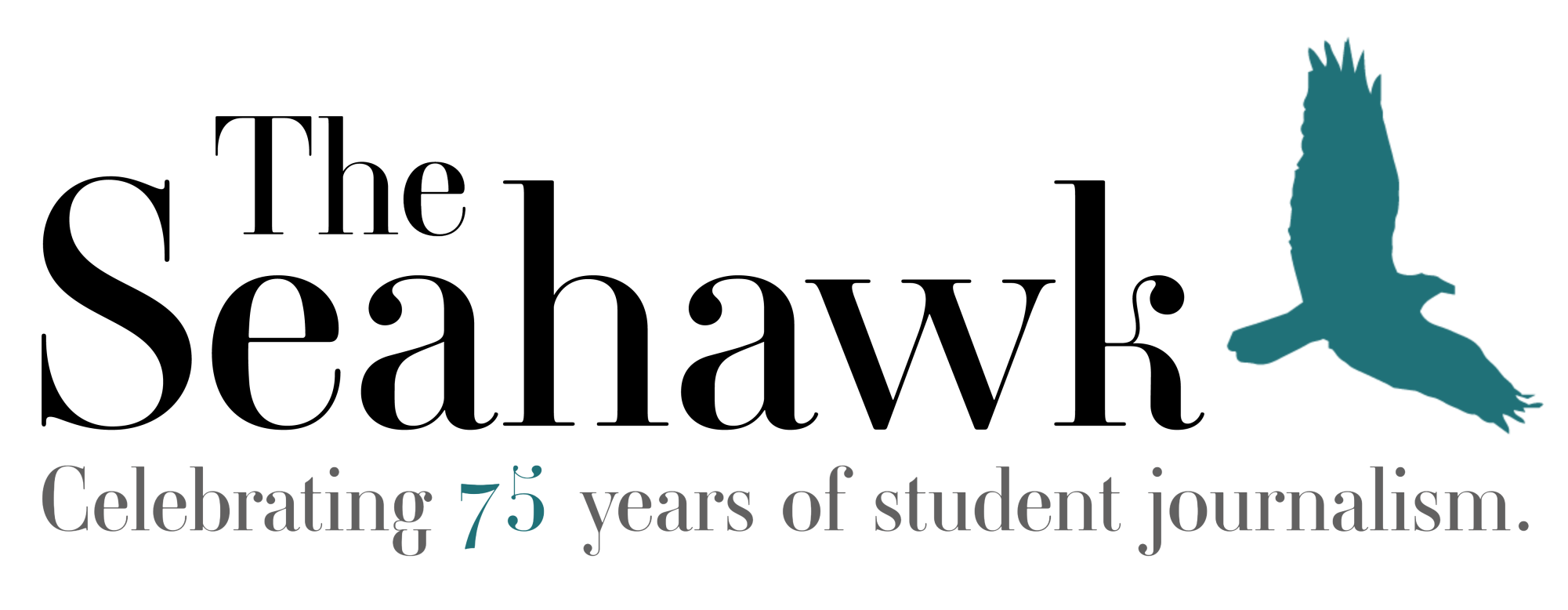A screenplay in song: Music in cinema
“Pulp Fiction,” “Say Anything,” “The Royal Tenenbaums,” “Boogie Nights.” These movies are all considered classics for a variety of reasons, and yet one aspect of all four truly stood out upon their release. Not only were key scenes made even more memorable by the presence of amazing music, but the soundtracks to these films became indispensable for fanatics of music’s place in pop culture.
The soundtrack has long been seen as an important part of a film, yet in recent years the music accompanying the most brilliant of cinematic achievements has become as necessary as engaging cinematography. Directors such as Paul Thomas Anderson, Cameron Crow, and Quentin Tarantino have always put special focus on the music that accentuates the most riveting of scenes.
Thanks to Tarantino, the songs “Stuck in the Middle With You” and “Girl, You’ll Be a Woman Soon” will always bring to mind key moments from “Reservoir Dogs” and “Pulp Fiction,” respectively. Further more, what girl hasn’t dreamed of a boy standing outside her window with a boom box playing Peter Gabriel’s “In Your Eyes” at sunrise? Thanks to Crow and “Say Anything,” it quickly became the most romantic of gestures.
Many directors and writers actually begin their films by compiling a soundtrack and then writing around it. P.T. Anderson’s complicated and highly unusual underground hit “Magnolia” was formed from the music of Aimee Mann, who then provided the songs for 75% of the soundtrack. A line from the film is actually lifted directly from the Mann song “Deathly.” More recently, first-time writer and director Zach Braff sent out a copy of the soundtrack along with the script when he was attempting to entice actors to star in his film “Garden State.”
In recent years, the soundtrack has also become a way of quickly discovering new artists. Wes Anderson, the brilliant mind behind “The Royal Tenenbaums,” “Rushmore,” and “The Life Aquatic with Steve Zissou,” has always accented the compositions of Mark Mothersbaugh (of Devo fame) with more obscure works by Elliot Smith, John Lennon, Nico, and Nick Drake, just to name a few. Braff used the soundtrack of “Garden State” to introduce the world to Frou Frou, The Shins, Remy Zero, and Cary Brothers.
Many undiscovered artists have built their fan base thanks to their inclusion in an interesting soundtrack. A perfect example would be songwriter Jonathan Richman, who literally wandered around the sets of “There’s Something About Mary,” suddenly finding himself embraced by independent and popular culture alike.
It is a rare occasion when the soundtrack to a film is actually better than the movie itself. Most recently, the soundtrack to Josh Hartnett’s latest flop “Wicker Park” was a brilliant compilation of the best Indie artists in the industry. The soundtrack featured music from Stereophonics, Snow Patrol, The Stills, The Postal Service, and Mates of State. Perhaps the soundtrack was so well received because it was far simpler to focus on the amazing music than the horrible movie.
Almost everyone can think of one fantastuc scene from a film that is recalled every time a certain song is played. Whether it is Gwyneth Paltrow stepping from a bus to Nico’s “These Days” in “The Royal Tenenbaums” or a tour bus full of disenchanted band members finding harmony as they sing along to “Tiny Dancer” in Cameron Crow’s “Almost Famous,” some of the most important scenes in film history have been made all the more memorable by the perfect song. Thanks to today’s most respected directors, soundtracks have become popular again, and many an independent band can breathe a sigh of relief.

